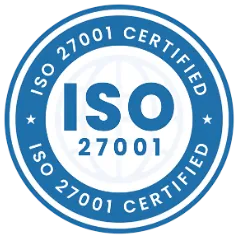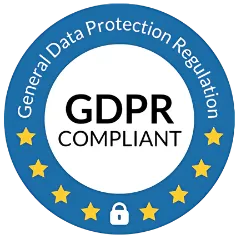In the world of asset management, choosing the right system can significantly impact your business's efficiency and productivity. Cloud-based, self-cloud-hosted, and on-premise asset management solutions each have their own set of advantages and disadvantages. This blog post will explore these options in detail, helping you make an informed decision about which system is best for your organization.
What is Cloud-Based Asset Management?
Cloud based asset management refers to the use of internet-based software to manage and track assets. This system is hosted on remote servers and accessed through a web browser, allowing users to manage their assets from anywhere with an internet connection. This flexibility and accessibility make cloud-based asset management systems a popular choice for many businesses.
What is Self-Cloud-Hosted Asset Management?
Self-cloud-hosted asset management involves hosting the asset management software on a private cloud, controlled and maintained by the organization itself. This approach offers some of the flexibility of cloud-based systems while providing more control over the data and infrastructure.
What is On-Premise Asset Management?
On-premise asset management, also known as self hosted asset management, involves installing and running the software on local servers within the organization's premises. This approach gives businesses complete control over their data and the infrastructure supporting their asset management system. However, it also requires significant IT resources for maintenance and upgrades.
Benefits of Cloud-Based Over Self-Cloud-Hosted and On-Premise Asset Management Systems
Use Cases for Cloud-Based IT Asset Management:
1) Manufacturing: Manufacturing companies can use cloud-based IT asset management to monitor equipment performance, schedule maintenance, and track inventory levels.
- Example: A manufacturing plant can implement IoT sensors connected to a cloud-based system to monitor machinery in real-time, reducing downtime and improving productivity.
2) Healthcare: Healthcare organizations can track medical equipment, manage maintenance schedules, and ensure compliance with regulatory standards using cloud-based IT asset management
- Example: Hospitals can use cloud-based systems to track the location and usage of critical medical devices, ensuring they are available when needed and maintained properly.
3) Education: Educational institutions can manage IT assets such as computers, projectors, and lab equipment, ensuring they are available for student use and properly maintained.
- Example: A university can use a cloud-based asset management system to track and schedule maintenance for IT equipment across multiple campuses, improving resource availability and reducing downtime
4) Retail: Retail businesses can manage inventory, track sales data, and monitor the performance of point-of-sale systems.
- Example: A retail chain can use a cloud-based asset management system to monitor stock levels in real-time, automate reordering processes, and track sales data across multiple locations.
When to Use Cloud-Based, Self-Cloud-Hosted, or On-Premise Asset Management
Choosing the right asset management system depends on your organization's specific needs, resources, and long-term goals. Here are some guidelines to help you determine when to use cloud-based, self-cloud-hosted, or on-premise asset management solutions.
When to Use Cloud-Based Asset Management
1. Need for Remote Accessibility: If your organization has multiple locations, remote employees, or requires access to asset management data from anywhere, a cloud-based solution is ideal. It allows users to manage assets from any device with an internet connection.
- Example: A global consulting firm with employees working from different locations can benefit from the flexibility and accessibility of a cloud-based asset management system.
2. Limited IT Resources: Organizations with limited IT staff or budget can leverage the managed services of cloud-based solutions. The service provider handles maintenance, updates, and security, reducing the burden on your in-house team.
- Example: A small startup can save costs and resources by using a cloud-based asset management system, avoiding the need for extensive IT infrastructure.
3. Scalability Needs: If your business is growing rapidly or experiences fluctuating asset management needs, a cloud-based solution can easily scale up or down without significant investment in new hardware or software.
- Example: An e-commerce company experiencing seasonal spikes in demand can quickly adjust its cloud-based asset management system to handle increased inventory levels.
When to Use Self-Cloud-Hosted Asset Management
1. Control Over Data: Organizations that require more control over their data but still want some benefits of cloud-based solutions should consider self-cloud-hosted systems. This approach allows for data sovereignty while providing remote access.
- Example: A financial services firm chooses a self-cloud-hosted solution to maintain oversight while enabling secure remote access for employees.
2. Existing IT Infrastructure: Companies with robust IT infrastructure and expertise can leverage their resources to implement and maintain a self-cloud-hosted asset management system, potentially saving on subscription costs in the long run.
- Example: A large enterprise with a dedicated IT department can use its private cloud to host an asset management system, ensuring customization and control over the infrastructure.
3. Customization Needs: If your organization needs a highly customizable asset management system to meet specific operational requirements, a self-cloud-hosted solution can be tailored more easily compared to public cloud options.
- Example: A research institution requiring specialized tracking and reporting features for its projects can implement a self-cloud-hosted system to meet these unique needs.
When to Use On-Premise Asset Management
1. Highest Level of Control and Security: Organizations that require the highest level of control and security over their data should consider on-premise solutions. This method ensures that all data remains within the organization’s physical premises.
- Example: A government agency dealing with classified information may prefer an on-premise asset management system to maintain strict control and security protocols.
2. Regulatory Compliance: Industries with stringent regulatory requirements may need on-premise solutions to ensure compliance with data protection laws and standards.
- Example: A healthcare provider handling sensitive patient information can use an on-premise system to ensure compliance with HIPAA regulations.
3. Customization and Integration: On-premise systems offer extensive customization and integration capabilities, making them suitable for organizations with complex asset management needs that require tight integration with other internal systems.
- Example: A manufacturing company with complex production processes and legacy systems can benefit from the customization and integration options available with an on-premise asset management system.
Making the Decision
To determine the best asset management solution for your organization, consider the following factors:
- Accessibility Needs: Evaluate whether remote access is critical for your operations.
- IT Resources: Assess your in-house IT capabilities and budget.
- Scalability: Consider your organization's growth trajectory and fluctuating needs.
- Control and Security: Determine the level of control and security your data requires.
- Customization: Identify the extent of customization needed for your asset management processes.
- Regulatory Compliance: Ensure the chosen solution meets industry-specific regulatory requirements.
By carefully evaluating these factors, you can choose the asset management system that best aligns with your organization's needs and strategic goals.
Asset Infinity: Offering Cloud-Based, Self-Cloud-Hosted, and On-Premise Asset Management Solutions
Asset Infinity understands that different organizations have unique needs when it comes to asset management. That's why we offer flexible solutions that cater to various operational requirements. Whether you prefer cloud-based, self-cloud-hosted, or on-premise systems, Asset Infinity has the right option for you.
Cloud-Based Asset Management
Our cloud-based asset management solution is designed to provide maximum flexibility and accessibility. Hosted on secure, remote servers, our system can be accessed from anywhere with an internet connection. This makes it ideal for businesses with remote teams, multiple locations, or those that need real-time access to asset data.
Features:
- Remote Accessibility: Manage assets from any device, anywhere.
- Scalability: Easily scale up or down based on your business needs.
- Cost Efficiency: Subscription-based pricing reduces the need for upfront capital investment.
- Automatic Updates: Regular updates and maintenance are handled by Asset Infinity, ensuring your system is always up-to-date with the latest features and security patches.
- Robust Security: Our cloud solution includes advanced security measures to protect your data.
Example Use Case: A growing e-commerce company uses Asset Infinity's cloud-based asset management to track inventory levels across multiple warehouses, ensuring real-time visibility and efficient operations during peak seasons.
Self-Cloud-Hosted Asset Management
For organizations that require more control over their data while still enjoying the benefits of cloud technology, our self-cloud-hosted solution is an excellent choice. This option allows you to host the asset management software on your private cloud, giving you greater oversight and customization capabilities.
Features:
- Data Control: Maintain control over your data with your private cloud infrastructure.
- Customization: Tailor the system to meet your specific operational requirements.
- Remote Access: Securely access the system remotely, similar to cloud-based solutions.
- Cost Savings: Utilize existing IT infrastructure to reduce ongoing costs.
Example Use Case: A financial services firm chooses Asset Infinity's self-cloud-hosted solution to manage its assets, ensuring data sovereignty while allowing secure access for remote employees.
On-Premise Asset Management
For organizations that need the highest level of control and security, our on-premise asset management solution provides a robust and customizable system hosted on your local servers. This option is ideal for businesses with stringent regulatory requirements or those needing extensive integration with other internal systems.
Features:
- Maximum Control: Complete control over your data and the asset management infrastructure.
- Customization: Extensive customization options to fit complex asset management needs.
- Security: Enhanced security measures tailored to your organization's specific requirements.
- Regulatory Compliance: Ensure compliance with industry-specific regulations and standards.
Example Use Case: A government agency deploys Asset Infinity's on-premise asset management system to maintain tight control over sensitive information and comply with strict regulatory standards.
Why Choose Asset Infinity?
- Comprehensive Solutions: Asset Infinity offers all three deployment options—cloud-based, self-cloud-hosted, and on-premise—ensuring that we have a solution that fits your specific needs.
- Expert Support: Our team provides expert support and guidance to help you choose and implement the right asset management system for your organization.
- Seamless Integration: Whether you choose cloud-based, self-cloud-hosted, or on-premise, our systems integrate seamlessly with your existing processes and technologies.
- Scalability and Flexibility: Our solutions are designed to grow with your business, providing the flexibility and scalability you need to succeed.
Getting Started with Asset Infinity
Choosing the right asset management system is crucial for your organization’s efficiency and productivity. Contact Asset Infinity today to discuss your requirements and discover which deployment option—cloud-based, self-cloud-hosted, or on-premise—is the best fit for your business.

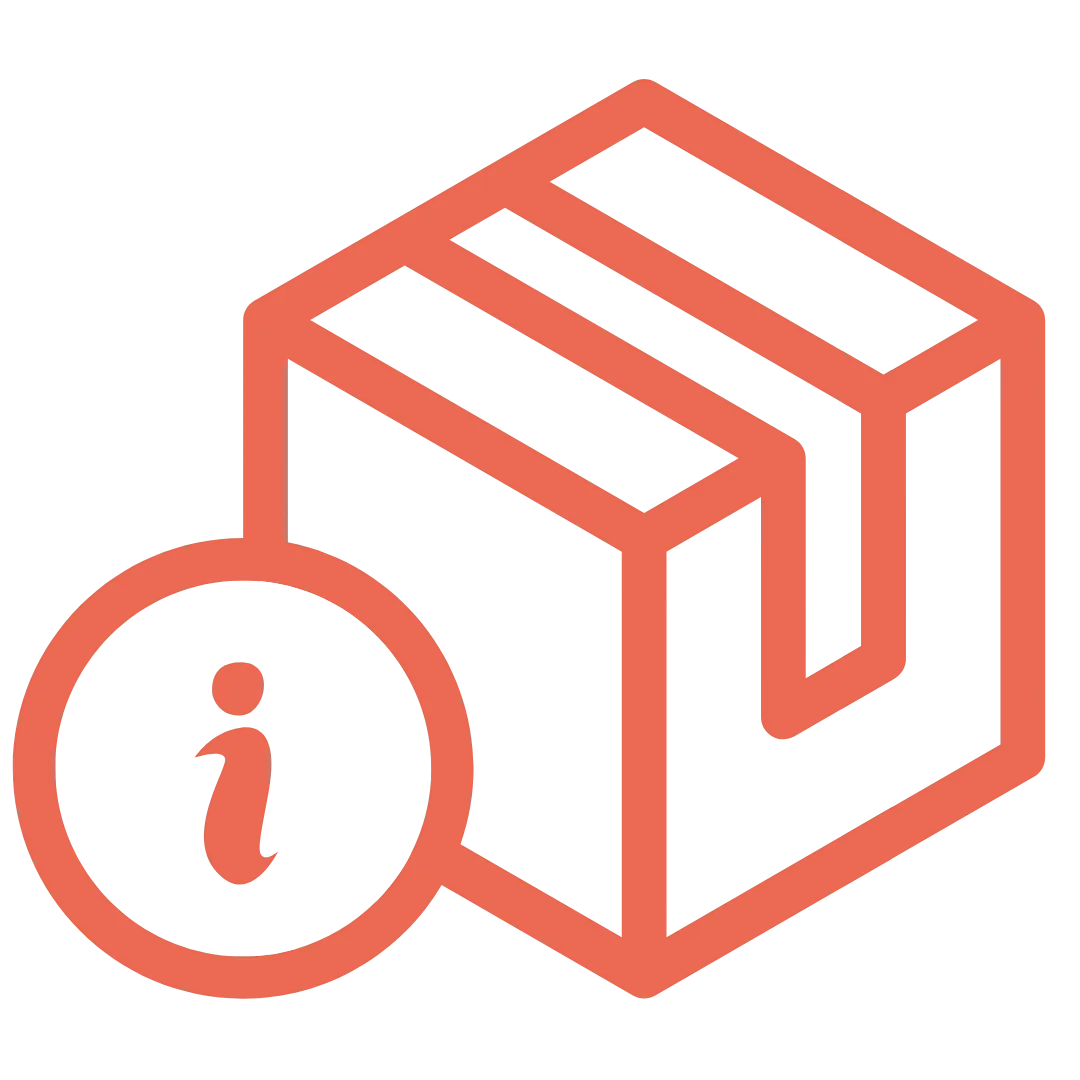










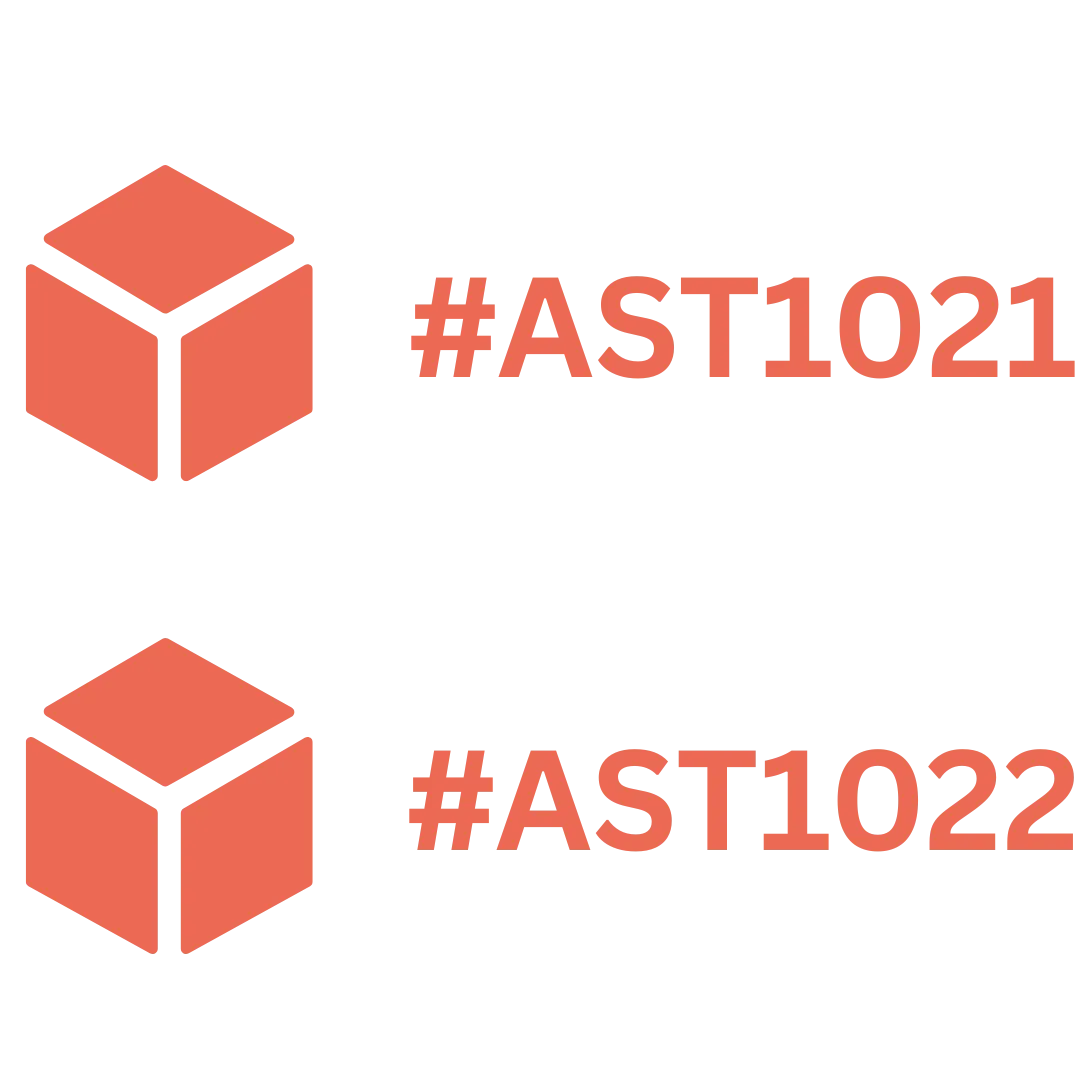
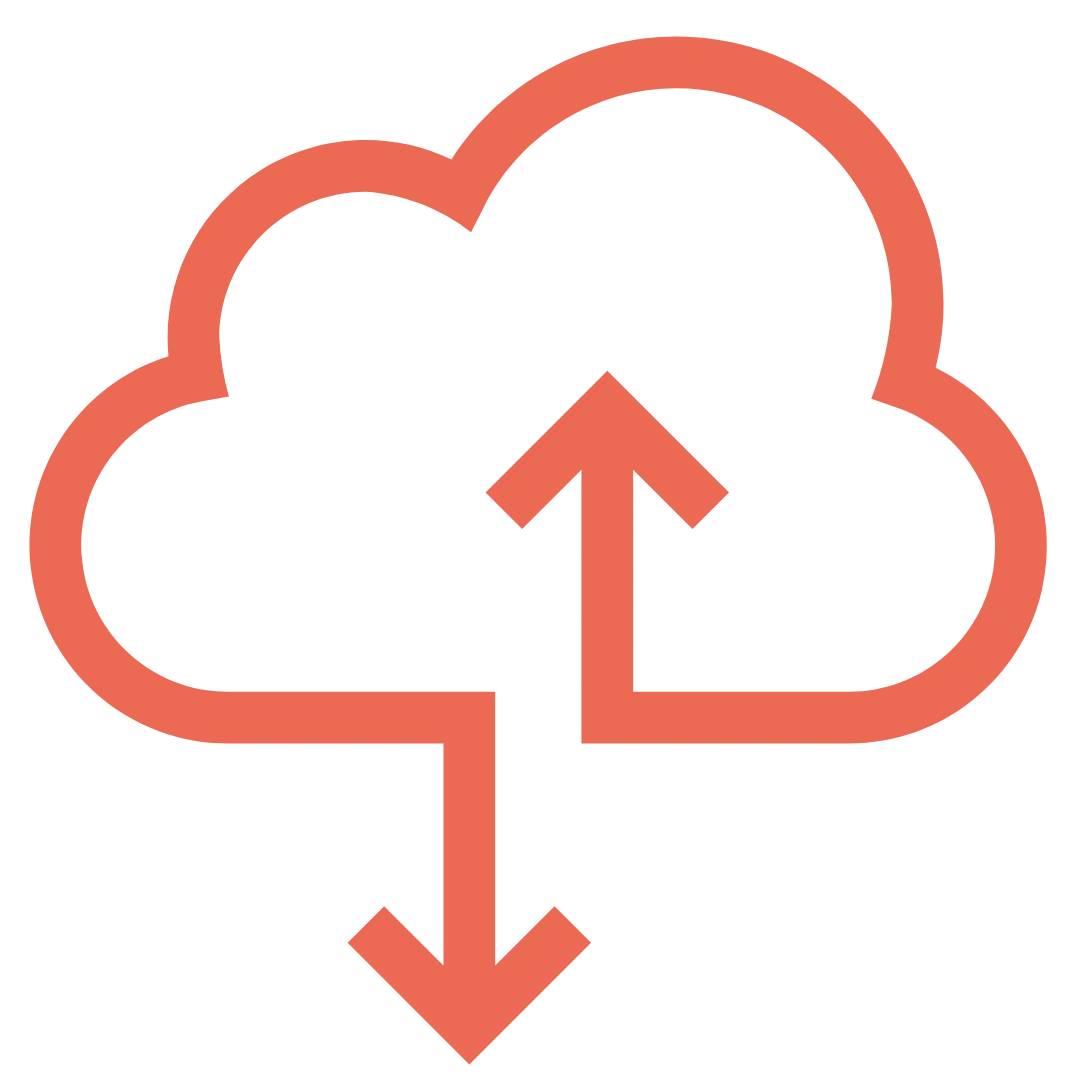




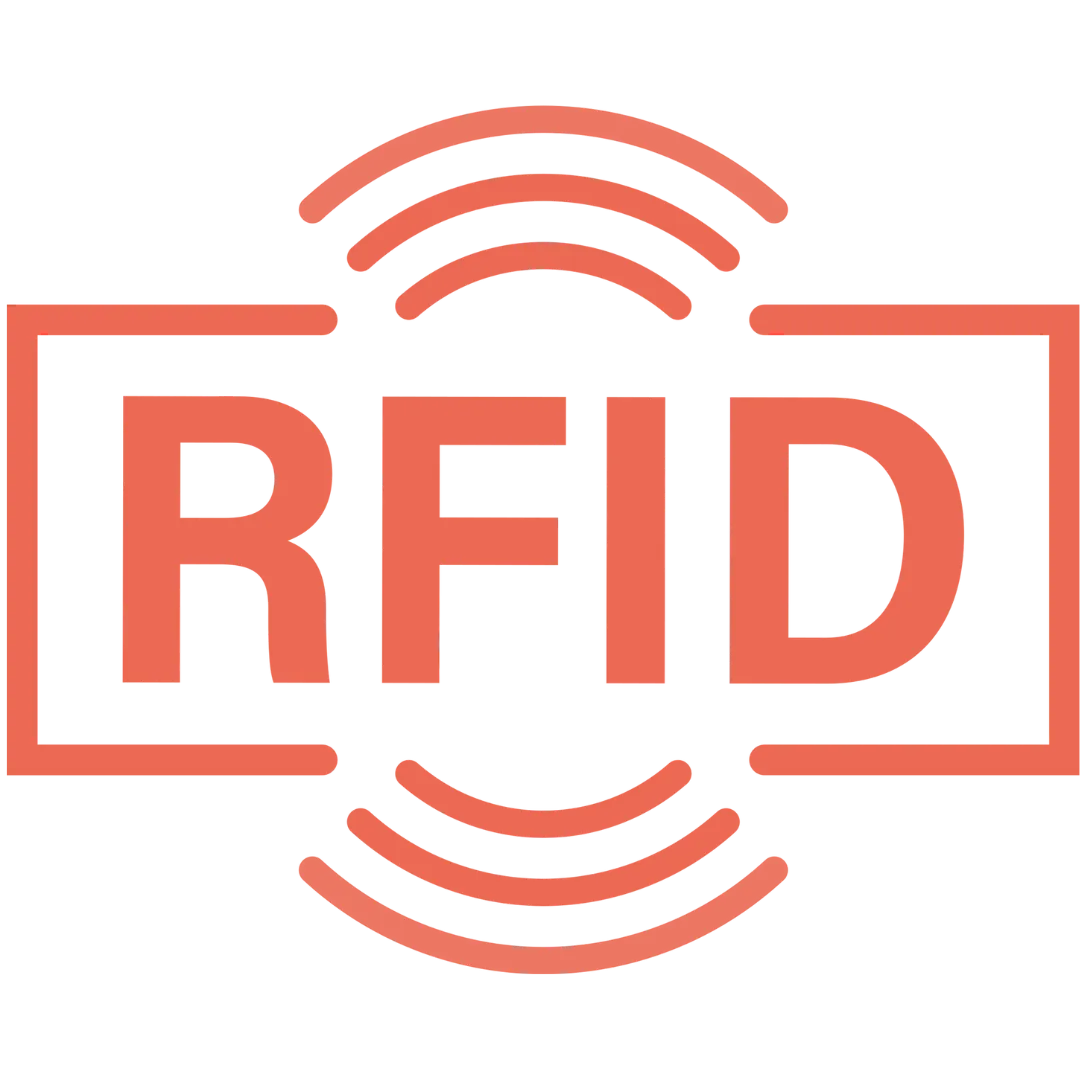

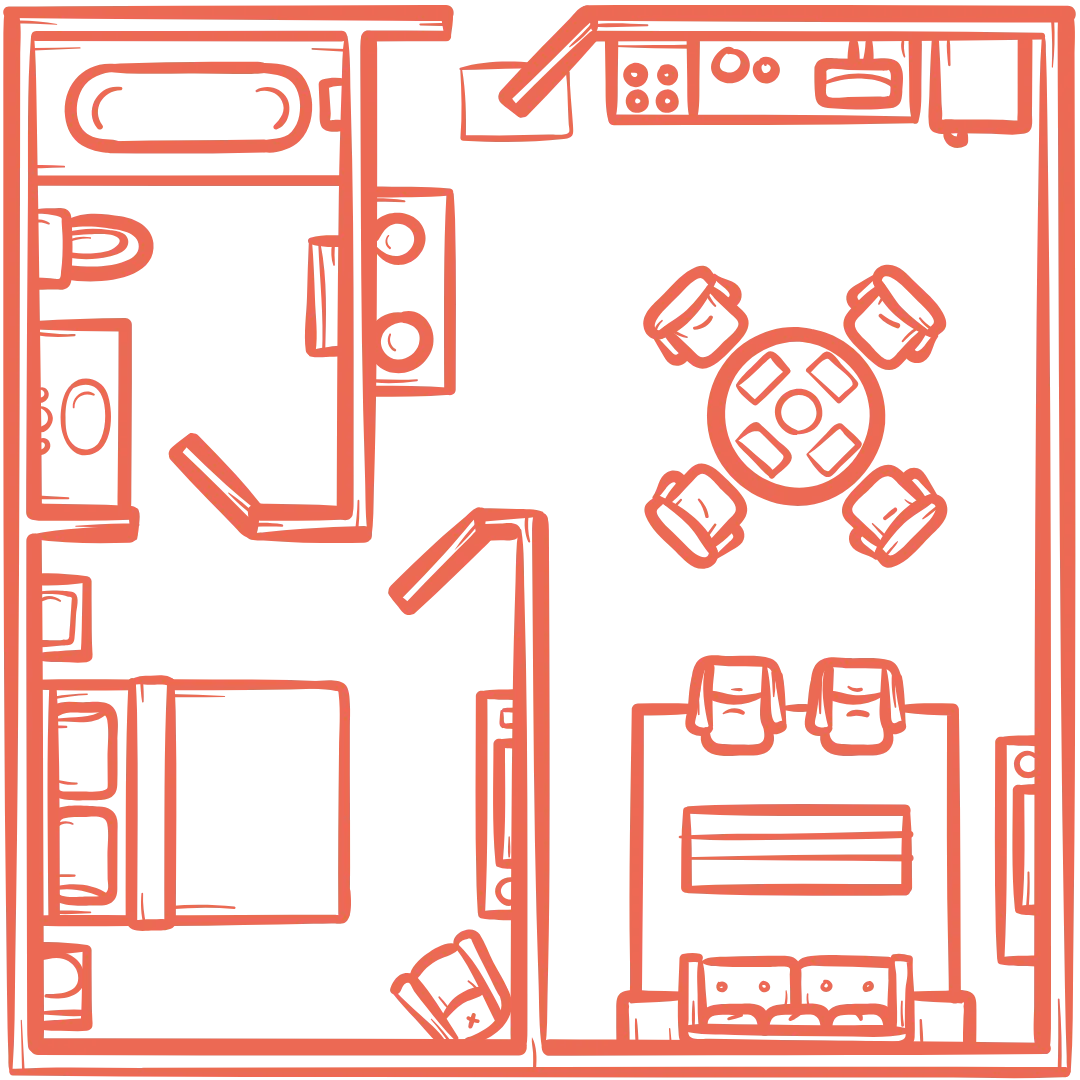




























.webp)
.webp)
.webp)
.webp)
.webp)
.webp)
.webp)
.webp)
.webp)

.svg)




.webp)
.webp)















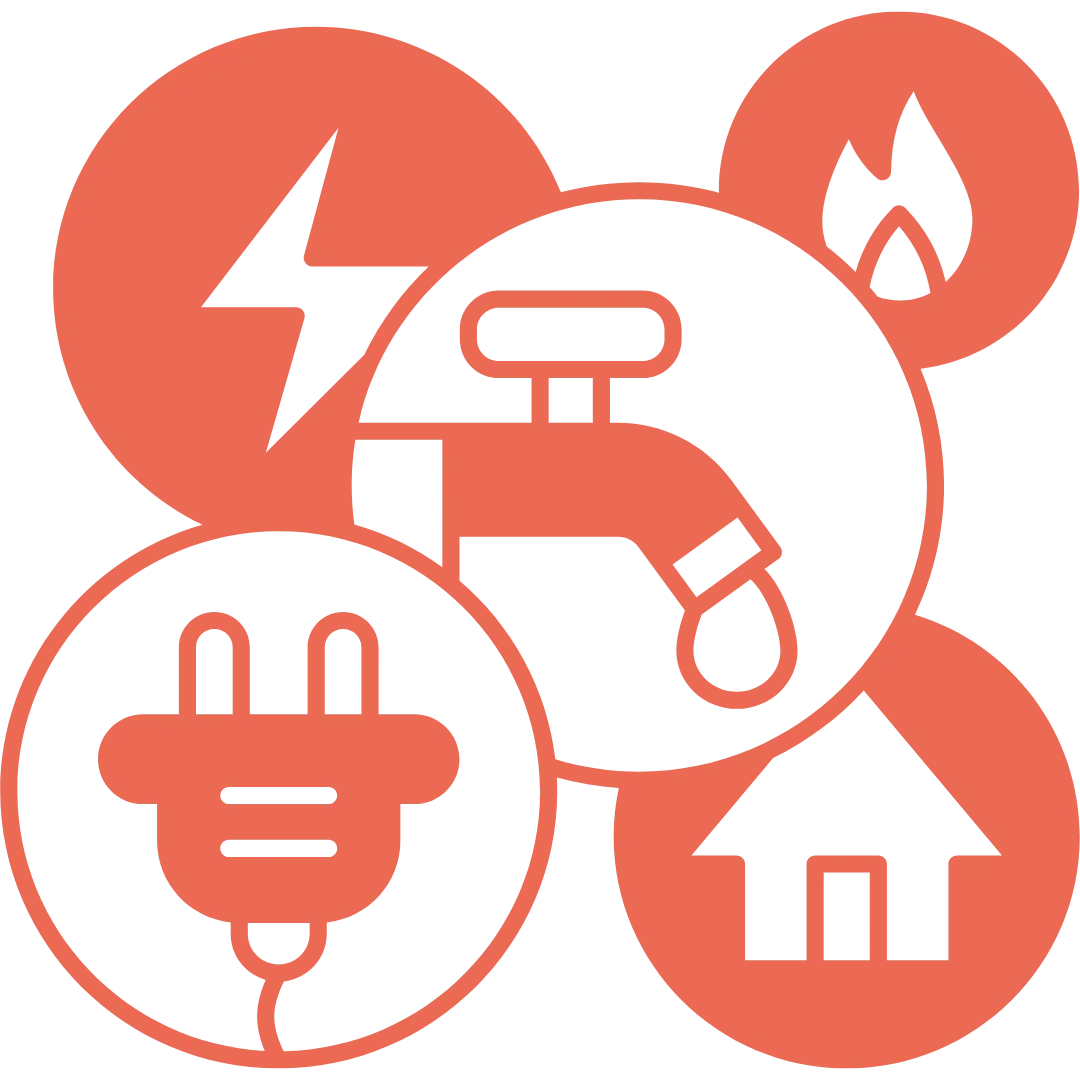



























.png)




.webp)


















